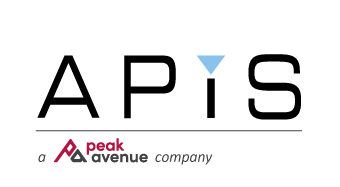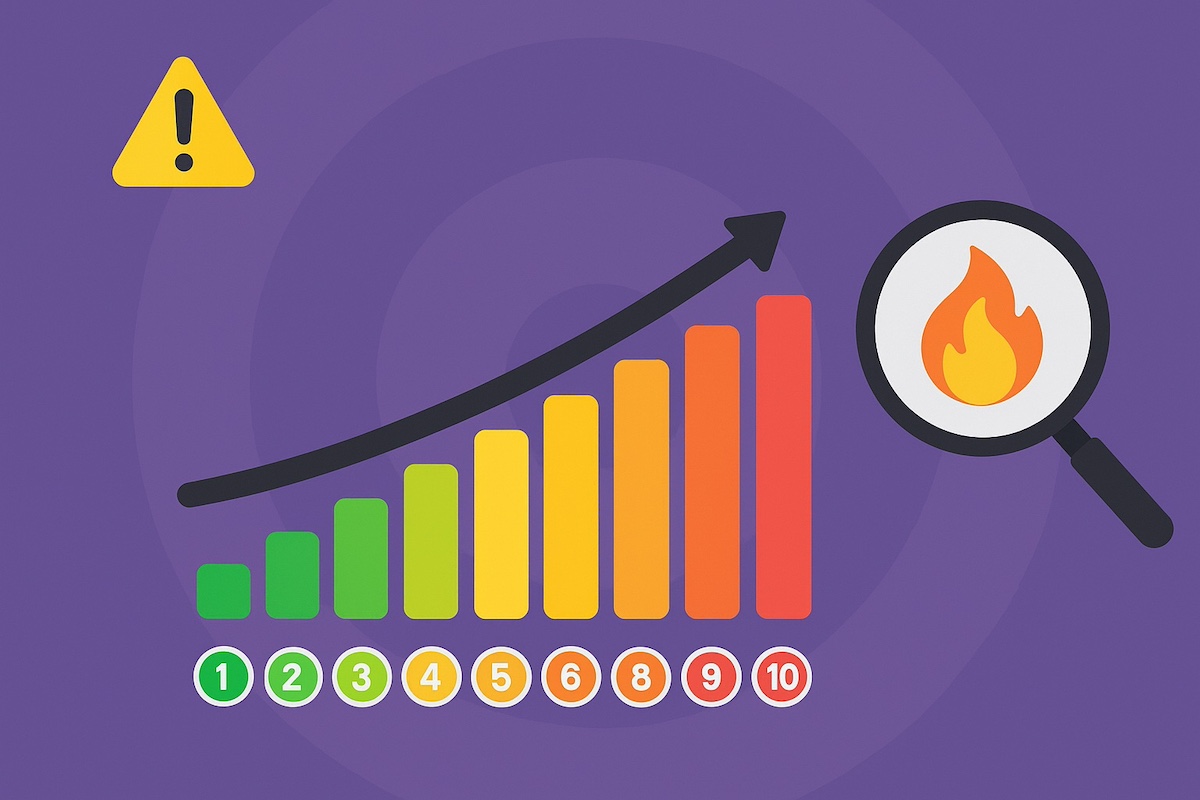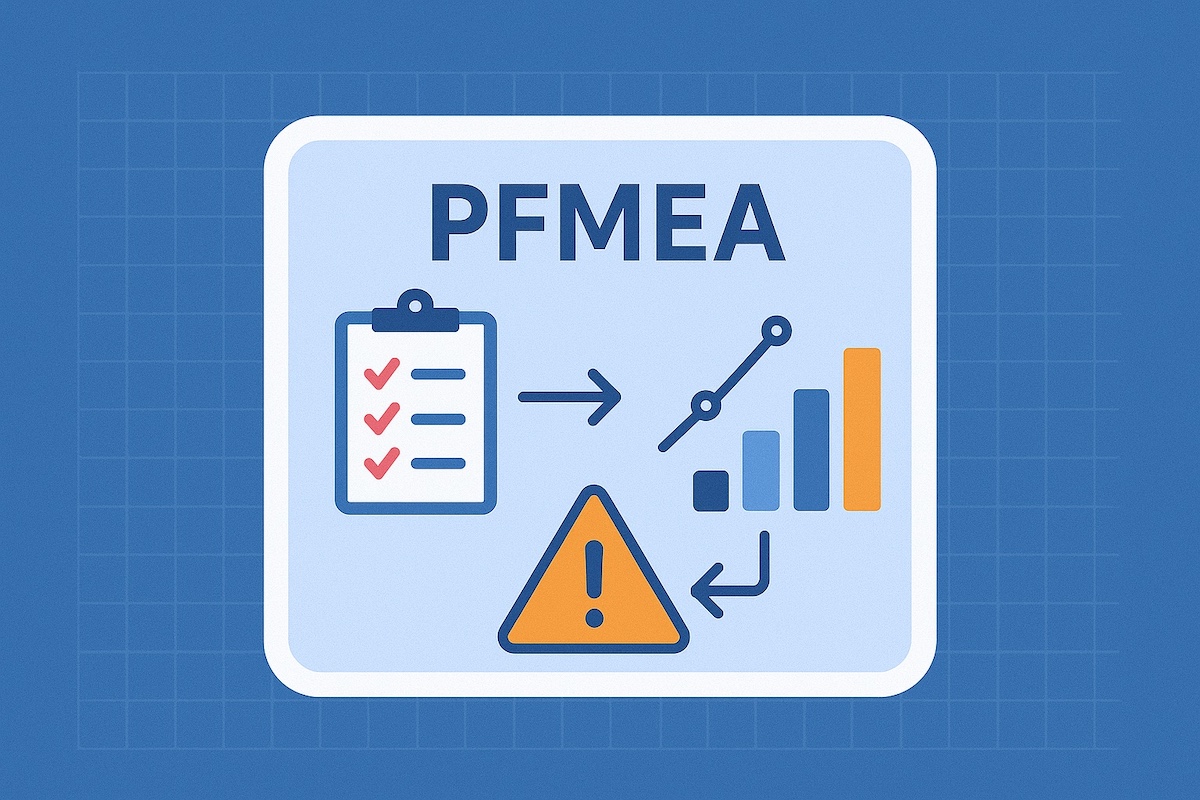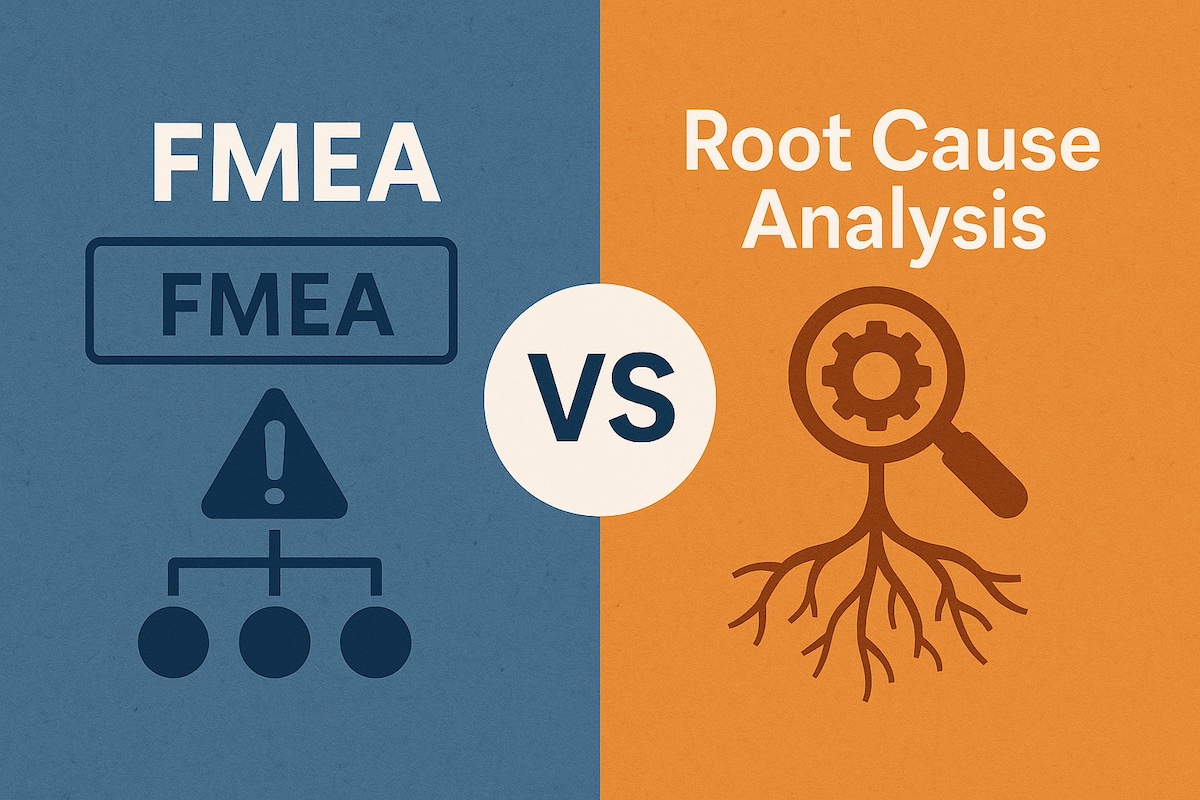In today’s safety-focused and quality-driven industries—such as automotive, aerospace, healthcare, and electronics—managing risk is critical. One of the most reliable tools for identifying and mitigating potential issues before they reach the customer is Failure Modes and Effects Analysis (FMEA). Within this process, the Severity Ranking plays a central role.
This guide will walk you through everything you need to know about severity ranking in FMEA, including how it works, how to assign scores properly, common pitfalls to avoid, and how to improve your approach using modern tools. Whether you’re just getting started or refining your quality systems, this resource will provide practical, actionable insight.
What is FMEA Severity Ranking?
Definition
In FMEA, severity refers to the seriousness of the consequences that would result if a failure occurred. It answers a simple yet crucial question:
“If this failure happens, how bad would the outcome be?”
It’s important to note that severity does not assess how likely the failure is to occur (that’s occurrence) or how easily it can be detected (that’s detection). Severity strictly measures the impact of a failure mode on the end user, system function, or regulatory compliance.
For example, a failure that causes an airbag not to deploy would receive the highest severity score due to the potential for injury or death, even if it’s unlikely to happen.
Why Severity Ranking Matters
Assigning accurate severity rankings helps organizations:
- Focus resources on the most critical risks
- Prevent safety issues or non-compliance
- Inform design, manufacturing, and testing improvements
- Prioritize corrective actions using tools like Risk Priority Number (RPN) or Action Priority (AP)
A consistent and well-understood severity ranking process ensures your risk assessments are reliable and actionable.
Related Reading – FTA vs FMEA Comparison Guide
How Severity Fits Into the FMEA Process
FMEA involves analyzing potential failure modes and rating them in three key areas:
- Severity (S) – How severe is the effect?
- Occurrence (O) – How likely is it to happen?
- Detection (D) – How likely is it to be detected before causing harm?
Traditionally, these ratings are multiplied to calculate the Risk Priority Number (RPN):
RPN = Severity × Occurrence × Detection
However, modern frameworks such as the AIAG & VDA FMEA Handbook have introduced Action Priority (AP), which uses severity as one of the key decision-making inputs to determine if immediate action is required.
Regardless of the method used, severity remains the most influential factor because even if a failure is unlikely, a severe outcome still demands attention.
FMEA Severity Ranking Scale Explained
FMEA severity is typically scored on a scale from 1 to 10. Here’s how the values are commonly interpreted:
- 10 – Extremely Severe: A failure mode with this rating could cause catastrophic effects, including personal injury or death or a serious breach of safety or legal compliance. These failures usually have no prior warning and pose the highest level of risk.
- 9 – Very Severe: This also indicates a hazardous situation, but one where some warning is available before failure. While serious, the potential for mitigation exists, and the failure may still pose a danger to life or system operation.
- 7 to 8 – High: Failures at this level result in a loss of primary function or a critical system not working as intended. While not typically life-threatening, they often result in major system disruption, customer dissatisfaction, or costly downtime.
- 4 to 6 – Moderate: These failures involve degradation of performance or inconvenience to the user. The product may still operate, but in a diminished state. The impact is noticeable but not severe.
- 1 to 3 – Low: These are minor or cosmetic issues that don’t affect the functionality or safety of the product. The user might not even notice the failure, and the overall effect is negligible.
When scoring severity, always evaluate the worst-case potential impact, not just the most probable one.
Examples of Severity Rankings
Design FMEA Example
- Item: Vehicle braking system
- Failure Mode: Brake pads fail to engage
- Effect: Loss of braking ability
- Severity: 10 – Could cause a serious accident
Process FMEA Example
- Step: Product labeling
- Failure Mode: Incorrect label applied
- Effect: Wrong product shipped to customer
- Severity: 4 – Inconvenience and potential returns but no safety risk
These examples illustrate how severity depends entirely on the impact of the effect—not the likelihood or detection.
Common Mistakes in Severity Ranking
Avoid these common errors to ensure your FMEA is effective:
- Confusing severity with occurrence: Just because a failure is rare doesn’t mean it’s not serious.
- Ignoring worst-case scenarios: Always consider the maximum potential impact.
- Inconsistent scoring across teams: Use standardized tables and criteria.
- Overlooking customer experience: Minor internal issues could have major external consequences.
Consistency is essential for meaningful comparisons across systems and projects.
Best Practices for Accurate Severity Scoring
To ensure severity rankings are accurate and defensible:
- Involve a cross-functional team: Include design, quality, manufacturing, and field experts.
- Use standard rating tables: Follow industry guides like AIAG & VDA for uniformity.
- Document the reasoning behind each rating: This helps during audits and design reviews.
- Review past field failures and warranty data: Use real-world outcomes to inform severity levels.
These steps help remove subjectivity and improve team alignment.
AIAG & VDA FMEA Severity Guidance
The AIAG & VDA FMEA Handbook (2019) standardized how severity should be assessed:
- Severity is rated based on the effect on the customer or system function
- The focus is on the functional impact, not just part failure
- Tables are provided for consistent ratings based on the system level (vehicle, subsystem, component)
This approach improves clarity, traceability, and international consistency—especially useful in global supply chains.
Can Severity Be Reduced?
A key principle of FMEA is that severity cannot be reduced through detection or occurrence controls.
To reduce severity:
- Eliminate the failure mode entirely
- Redesign the system to make the effect less harmful
For example, if an electronic component overheats and causes a fire (severity 10), adding a sensor to detect heat does not lower the severity. It only improves detection. The only way to reduce severity is to remove the risk of fire through design changes.
Digital Tools for Better Severity Management
Traditional spreadsheet-based FMEA is prone to errors, especially when dealing with large systems or multiple teams. Software like APIS® IQ-Software streamlines the process and provides advanced support for severity evaluation.
Benefits include:
- Built-in AIAG & VDA-compliant templates
- Real-time visibility across failure chains
- Visual links between functions, failures, and effects
- Improved documentation, version control, and reporting
These features help ensure your severity rankings are consistent, accurate, and audit-ready.
Frequently Asked Questions
What’s the difference between severity and occurrence in FMEA?
Severity is the impact of a failure. Occurrence is the likelihood that the failure will happen. Both are rated separately.
Can severity change over time?
Yes. If product design, customer expectations, or regulatory standards change, the impact of a failure may become more or less severe.
Who assigns the severity score?
A cross-functional team typically agrees on severity scores. This ensures multiple perspectives are considered and helps avoid bias.
What is considered an acceptable severity score?
Scores between 1–3 are typically acceptable. Scores of 7 or higher often indicate the need for action, especially if occurrence and detection are also unfavorable.
Conclusion: Improve Your FMEA Process with APiS North America®
At APiS North America®, we’ve seen firsthand how accurate severity rankings—when paired with structured FMEA methodology—can drive meaningful improvements in product quality, safety, and compliance. We understand that navigating the complexity of severity assessments isn’t always easy, especially when dealing with cross-functional teams, evolving standards, and high-stakes engineering decisions.
That’s why we’re proud to offer APIS® IQ-Software, a purpose-built FMEA platform designed to bring clarity and precision to every step of your risk analysis process. Our software is trusted by industry leaders because it enables:
- Consistent, traceable severity ratings based on AIAG & VDA guidelines
- Real-time linkage between system architecture, functions, and failure chains
- Scalable collaboration across product lines, facilities, and teams
- A more strategic approach to risk—not just compliance-driven, but insight-driven
Whether you’re building vehicles, medical devices, complex electronics, or critical infrastructure, we’re here to support your team with the tools, training, and technical expertise you need to implement FMEA the right way.
If you’re ready to elevate your risk management process and bring consistency to severity ranking across your organization, we invite you to connect with us.







